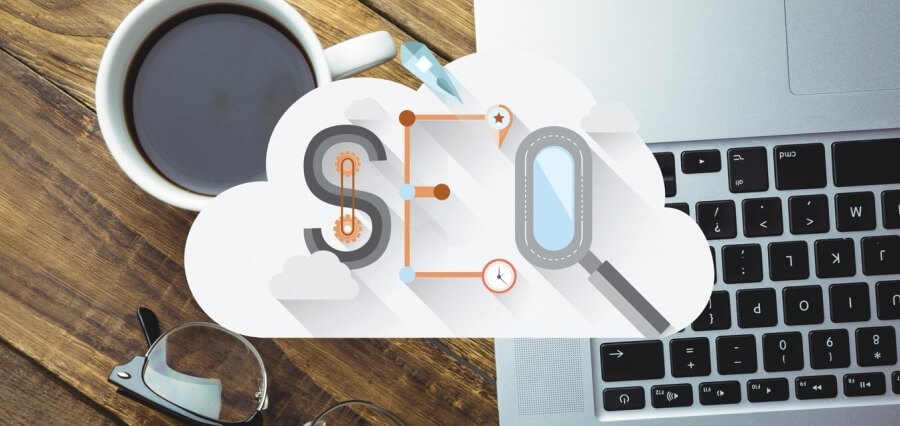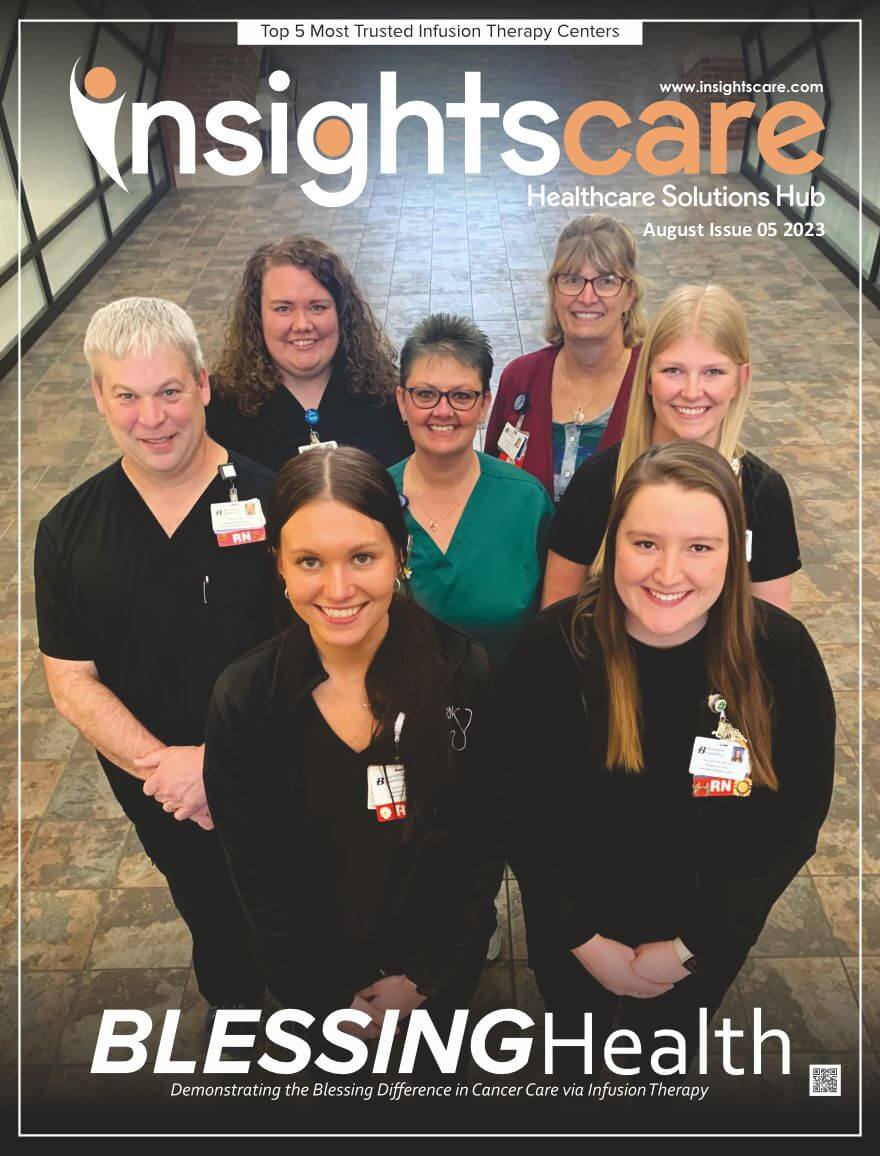While the Health IT (HIT) space has seen an incredible influx of new technology in the form of wearables, mobile apps and other devices, the foundation continues to be the older, proven technologies of telehealth and telemedicine. What has become the underpinning of both HIT and consumer mobile health is remote biometric collection, primarily enabled by Bluetooth Smart and, to a lesser extent, Wi-Fi.
We are not far from a future where any device we purchase for purposes of managing our health – from blood pressure monitors to weight scales to glucometers – will automatically collect our data and allow immediate access to it from an engaging mobile app, as well as its secure upload to/storage in the cloud. From there we will have ready access to it, and will be able to track, trend, monitor and share the data with whomever we choose.
So why is this important to both individuals and the healthcare system?
Numerous studies have shown that patients who are “activated” – or have the skills, ability, and willingness to manage their own health and healthcare – experience better outcomes at lower costs compared to less “activated” patients.
In an effort to quantify those levels of patient engagement, Judith Hibbard of the University of
Oregon developed a “patient activation measure” – a validated survey that scores the degree to which someone sees himself or herself as a manager of his or her health.
Looking at more than 30,000 patients, Hibbard and her associates found that those with the lowest activation scores, that is, people with the least tools and confidence to actively engage in their own healthcare, incurred costs that averaged over 20 percent higher than patients with the highest activation levels, even after adjusting for health status and other factors. And not only that – the patient activation scores were shown to be significant predictors of healthcare costs, which has profound implications for planning around the reduction of costs in healthcare systems in the long-term.
And it’s been the pursuit of lower healthcare costs – whether from personal reimbursements through employers and insurance companies around healthier habits or increased reimbursements from Medicare around telehealth services – that has been actively driving the HIT space for the past several years.
Thus, the real promise of the proliferation of connected health devices is that it can be a major catalyst for getting individuals “activated,” in two important ways. First, the act of taking their biometrics and receiving immediate feedback drives greater personal engagement by the individuals in the management of their health. Second, enhanced communication between an individual and care providers offers a range of enablement from direct care professional interaction to education and coaching. All of this ultimately provides an enhanced quality of life and outcomes, as well as reduces the overall cost for both the individual and the system.
Of course all of this puts pressure on technology companies to continuously improve the simplicity and ease of use of their products to ensure the broadest population can successfully use them. If individuals have the tools to manage their own care, with appropriate and timely oversight by a professional, cost savings will be realized.
All of this is made possible by the adoption of smart phones and tablets, cloud based services, mobile apps, and the rise of lower-cost, high-quality consumer health devices. This now moves what was only possible on expensive, purpose-built devices and systems a couple of years ago into the reality of consumer healthcare and allowing a personal health ecosystem to become the center of how a person manages their personal health.
There are many analogies to this evolution in our personal lives, from mobile banking to how we book travel. It is clearly one important way to achieve the scale needed to make a real dent in the cost of care.
However, devices and applications are only as good as the system they plug in to or the data they provide: if I have a device that tells me my blood pressure every day, that’s nice. But if I have a device that not only tells me my blood pressure, but also how that compares to the previous day, week or year, and further – how that is allowing me to relate to the goals my physician has for me around diet and exercise that impact my blood pressure, that kind of device has “stickiness” with the user.
The impact will first be felt among chronic condition populations, who are often advised that they “need” to track their biometrics vs “want to” – as has been the case with the trend of quantified self. Of all wearable or m-health users, those with a chronic conditions are much more likely – to the tune of 60 percent more likely – to remain engaged with them [i.e. not to “abandon” them (as we often hear of FitBit users). They are much more motivated to use the technology in the long-term.
As we think long-term about how to provide more effective health care solutions to consumers, we first think of chronic conditions and how individuals with chronic disease will be impacted by the consumerization of health solutions and devices. As a $2 trillion dollar industry, addressing the issue of chronic conditions has the potential to radically reshape a large portion of our healthcare system.
Regardless, we are just beginning to scratch the surface of the real promise which is analyzing the data from the growing population of connected health users. As more individuals begin to use connected devices to manage their health, the resulting de-identified health information data has the potential to completely revolutionize healthcare. The data a patient collects every day holds the possibility for healthcare providers to analyze and solve future problems – for that patient or for a population of patients with similar diagnosis. As the data set get richer, it will accelerate breakthroughs in how healthcare providers create care plans to address population health management goals and initiatives.
If we look at how advances in mobile technology have impacted what we do in everyday life and the resulting impact on individual productivity, we can extrapolate how the same changes could be applied to the management of health. Technology has progressed very quickly to allow people to manage the environment of their homes: from a thousand miles away, you can now use a mobile app to check to make sure the doors of your home are locked, the lights are off (or on) and the temperature is set as desired.
We are now seeing the same flexibility from health applications and devices. For example, from the balcony of a cruise ship, a consumer can now climb on a scale to get their weight and use a monitor to take their blood pressure or blood sugar, aggregate that data on an app on their phone, track and trend the data to ensure the cruise food is not impacting their diabetes, hypertension or chronic heart failure (CHF) condition, and if concerned – upload the data to a personal health account to have their results reviewed by their care provider.
That may seem like science fiction to some, but at this point in time all the technology and apps exist to do this. Over the next few years, we will see this type of health management become as typical as checking your bank account or investments; or checking in for your flight from your smart phone.
Additionally, these devices and tools will connect into systems to aggregate the data and make it more actionable, allowing the individual to get faster and more appropriate feedback on their condition and the actions they should take to help them manage a chronic disease.
At the end of the day, enterprise systems such as telehealth and telemedicine have laid the foundation for this over the past several decades and shown the outcomes we can realize from their use. Additionally, they have shown us that if we give individuals the tools they need to engage fully in their own healthcare while simultaneously giving healthcare providers the tools they need to effectively interact remotely with these populations, we will be able to enact demonstrable change in the long-term health of much broader patient populations.
Author: Terry Duesterhoeft, CEO and President, A&D Company, Americas















